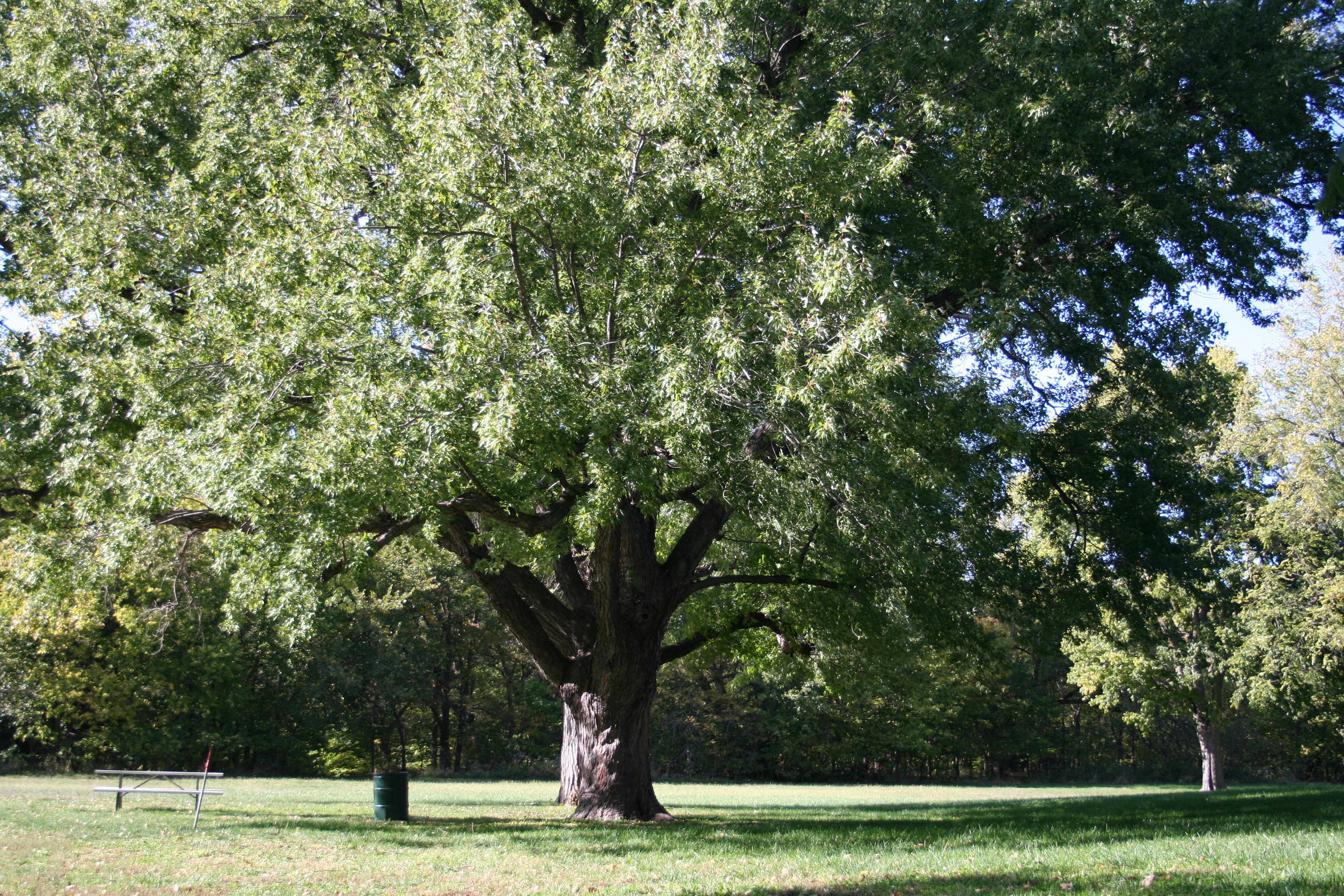Silver Maple
Acer saccharinum, Deciduous
Silver maple was heavily planted as an ornamental in many urban areas because of its ease of transplanting and establishment, adaptability to a wide range of sites, rapid growth, and good form. More recently, the tree has fallen out of favor and new plantings are rare.

Where To Grow

Size at Maturity
| Tree Height | Tree Spread |
| 60-90' | 60-90' |
Tree Characteristics
Silver maple is one of the first trees to wake up in the spring, often developing its attractive red flowers in the last days of winter. Silver maple has been one of the hardest working species of many community forests across the Great Plains providing fast shade, wind protection, and wildlife habit for many decades.
Wildlife Benefits
The abundant seeds of silver maples are eaten by many birds, including evening grosbeaks, finches, wild turkeys, ducks and other game birds, and small mammals, especially squirrels and chipmunks. The buds are an important food for squirrels when stored food is depleted, particularly in late winter and early spring. The bark is a food source for beavers and deer and rabbits browse the foliage. Silver maple tends to develop cavities that are used by cavity-nesting birds and mammals and provide shelter and breeding habitat for many other species, including raccoons, opossums, squirrels, owls, woodpeckers, and many other birds.
Additional Considerations
Unfortunately, the tree is weak-wooded and often susceptible to storm damage. The tree can also be quite messy in the urban landscape as it often produces heavy crops of paired seeds that flutter down like “helicopters” in great numbers in late spring, filling many gutters and sprouting in any open area that they fall, including gardens and landscape plantings. As such the tree has fallen out of favor and is now rarely planted.
Interesting Facts
A recent Nebraska state champion growing in Chautauqua Park in Beatrice had a trunk circumference of more than 22 feet, was 100 feet tall, had a crown spread of 118 feet before it was damaged in a wind storm.